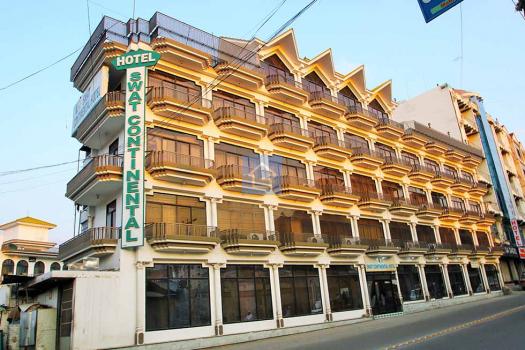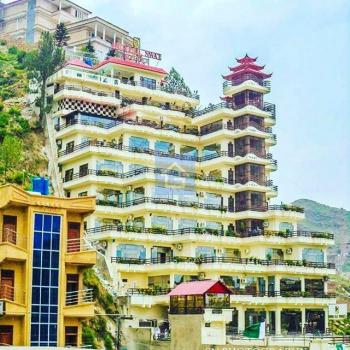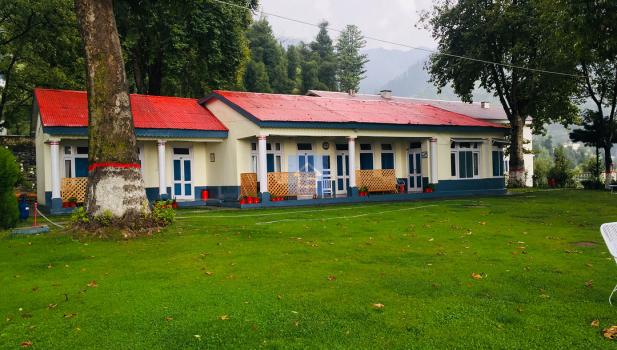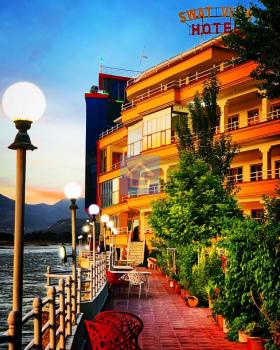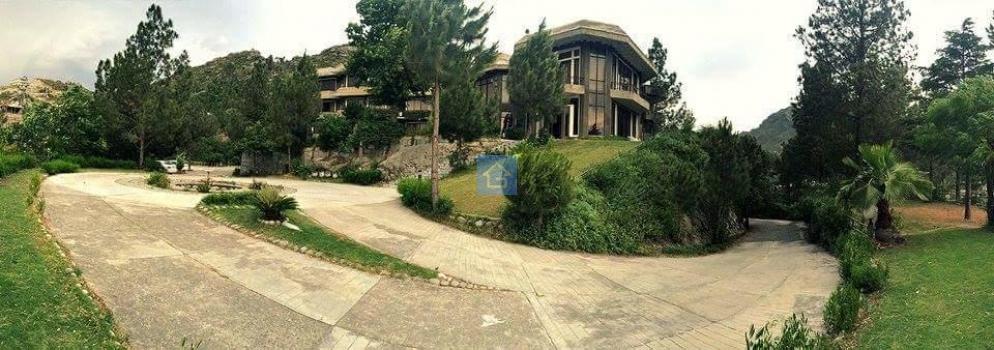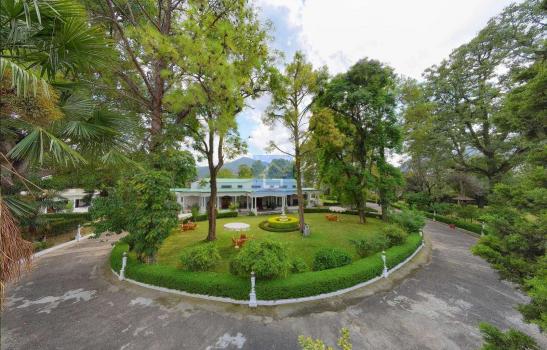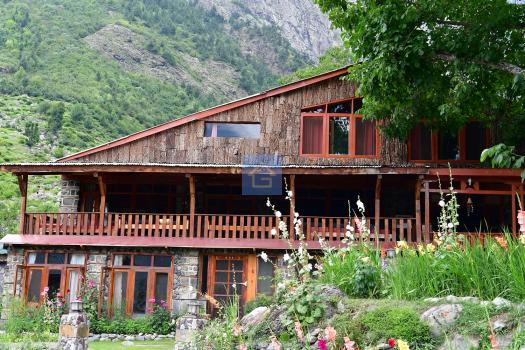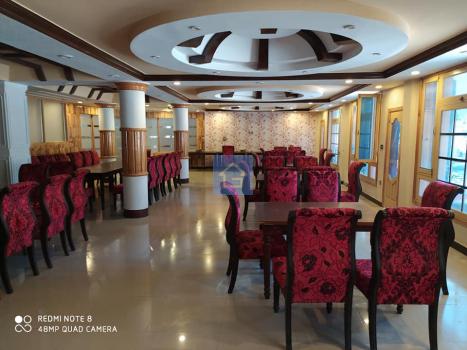- Home
- Browse Blogs
- Travel Destinations
- Dera Ismail Khan
Dera Ismail Khan
Dera Ismail Khan or D.I. Khan is a city in Khyber-Pakhtunkhwa (formerly North West Province NWFP) Province of Pakistan. It is situated on the west bank of the Indus River, 320 km west of Lahore and 190 km northwest of Multan. The majority of the population speaks Saraik..
Dera Ismail Khan
Dera Ismail Khan or D.I. Khan is a city in Khyber-Pakhtunkhwa (formerly North West Province NWFP) Province of Pakistan. It is situated on the west bank of the Indus River, 320 km west of Lahore and 190 km northwest of Multan. The majority of the population speaks Saraiki.
The total population of the city was 86,969 according to the census of 1998. History of Dera Ismail Khan Historically the region around Dera Ismail Khan has been inhabited for millennia, as evidenced by the nearby site of Rehman Dheri — a Pre-Harappan or Kot Digian, an archaeological site from 3300 BCE. DI Khan is located in the historical Derajat region, which was established in the 15th century, when Baluchs from the North Eastern Balochistan were invited to settle the region by Shah Husayn, of the Langah Sultanate of Multan.
Shah Husayn being unable to hold his trans-Indus possessions, assigned the region around DI Khan to Sardar Malik Sohrab Khan Dodai Baloch in 1469 or 1471 and appointed him as "Jagir dar". Malik originally hailed from the Makran District of southwestern Baluchistan province. His success leads to the migration of other Makrani tribesmen — one of which, Ghazi Khan, founded the city of Dera Ghazi Khan further south. Malik's son, Ismail Khan, is traditionally believed to have founded the city of Dera Ismail Khan, though Emperor Babur passed through the region in 1506 and made no mention of the city.
Baluch settlers were displaced by or assimilated into, later waves of Pashtun settlement, although villagers along the alluvial plains are typically Baluch or Jat. The city was along the major Multan to Kandahar trade route, though it never attained a station of great power or importance before the British period. DI Khan grew prosperous as a trading center for Powindah nomads. During Nader Shah's invasion of the Mughal Empire, the city's Baloch leaders surrendered the city without quarrel. DI Khan was ruled by nine generations of Baluch leaders descended directly from Ismail Khan. The last, Nusrat Khan, was removed from power after the city was captured by Ahmad Shah Durrani in 1750.
The city in 1794 was granted to Nawab Muhammad Khan Sadozai by Shahzada Kamran Durrani. Re-establishment of Dera Ismail Khan The original town was swept away by flooding on the Indus River in 1823. The present city was founded by Nawab Sher Muhammad Khan of the Sadozai clan in 1825 and now stands four miles (6 km) back from the permanent channel of the river atop a small plateau. Nawab Sadozai took into consideration the opinions of Diwan Lakhi Mal and Tej Bhan Chandwani. Architects were brought in from Punjab, who designed a city where Hindus would live south of the city center and Muslims north of it. Four bazaars were laid in each of the cardinal directions, with all four converging in the town's central Chowgalla. The rebuilt city contained a large bazaar for Afghan traders, and the city prospered from trade via the Gomal Pass. An eight-foot mud wall with nine gates was built around the city during this time as well, some of which such as the Kaneran Wala and Sakki survive until today. All existing buildings are of relatively modern construction, dating no earlier than the 19th century.
DI Khan remained under Sadozai rule from the nearby town of Mankera until it was annexed by Nau Nihal Singh of the Sikh Empire in 1836. Diwan Lakhi Mal appointed the city's Kardar ruler, though the Nawabs of the city from the Durrani order were allowed to maintain their title and some income. The city suffered under punitive taxes that lead to frequent complaints in the Sikh Darbar at Lahore, resulting in several changes of Kardar. The city was annexed by the British in 1849 following their conquest of Punjab that resulted in the defeat of the Sikhs as the Battle of Gujrat. British era In 1920 NWFP province was made out of Punjab province. DI Khan was made part of NWFP now known as KPK province.
DI Khan's first deputy commissioner under British rule was General Van Cortland, who arrived in February 1848, before departing later that year to quell the revolt in nearby Multan. Following the defeat of rebels at Multan, Lieutenant Butler was made the next deputy commissioner of DI Khan and Bannu. Under his rule, the city's infrastructure and colonial administration system were established in which top posts were exclusively occupied by the British. The city was on the edge of the Tribal Areas — lands that were frequently in rebellion against British rule. The town did not rise up in revolt against British rule during the 1857 Sepoy Mutiny. In 1861, DI Khan was made into the Divisional Capital of the new Dera Ismail Khan Division: analogous to a British county. The municipality was constituted in 1867, while the Dera Ismail Khan Cantonment was established in 1894.
The military cantonment area, which lies southeast of the town, has an area of 44 square miles (110 km2), excluding the portion known as Fort Akalgarh on the northwest side. The Derajat Brigade had its winter headquarters at Dera Ismail Khan, and the garrison consisted of a mountain battery, a regiment of Native cavalry, and three regiments of Native infantry. Detachments from these regiments helped to garrison the outposts of Drazinda, Jandola, and Jatta. The "Civil Lines" neighborhood was built to the south. The local trade of Dera Ismail Khan was of moderate importance, but some foreign traffic with Central Asia passed through it. Powindah caravans of Afghan merchants traversed the town twice a year on their road to and from India. With the increasing security of the Gomal route, these caravans were swelling in numbers. The chief imports were English and native piece-goods, hides, salt, and fancy wares; the exports were grain, wood, and ghee. The local manufacturers specialized in lungis and lacquered woodwork.
The town possessed a civil hospital; its chief educational institutions were two aided Anglo-vernacular high schools, one maintained by the Church Missionary Society and the other by the Bharatri Sabha, and an Anglo-vernacular middle school maintained by the municipality. According to the 1901 census, the population of Dera Ismail Khan was 31,737, of whom 18,662 were Muslims, 11,486 Hindus, and 1,420 Sikhs. Of the total, 3,450 lived in the cantonment. The predominantly Muslim population supported the Muslim League and Pakistan Movement. After the independence of Pakistan in 1947, the minority Hindus and Sikhs migrated to India while the Muslims refugees from India settled down in the Dera Ismail Khan. After the independence, many of the city's Hindu residents settled in India, primarily in Model Town, Vijay Nagar, and Derawal Nagar colony in Delhi. Following an influx of refugees following the 1979 Soviet Invasion of Afghanistan, DI Khan's population tripled.
DI Khan was badly affected by a terrorist campaign conducted throughout northwest Pakistan, primarily between 2007 and 2014. A suicide bomber on January 29, 2007, detonated himself killing two while injuring seven people. During the 2008 Dera Ismail Khan suicide bombing, a bomber targeting Shias blew himself up in a hospital waiting room, killing 32 people. The attacks were carried out by the Tehreek-e-Taliban Pakistan to pressure the government to call off its offensive in Swat and the Bajaur Agency of the Federally Administered Tribal Areas, which had begun less than two weeks earlier. During the November 2008 Dera Ismail Khan bombing, Shia religious leader Allama Nazir Hussain Shah was shot dead in a sectarian killing with Shah Iqbal Hussain.
During his funeral prayers, a suicide bomber blew himself up, killing nine people and injuring 39. In the January 2009 bombings, 52 people were injured while 16 were killed as three explosions took place in the city. On February 20, 2009, a suicide bomber blew himself during a funeral procession of a Shia local, killing more than 32 while injuring 157. In May 2009, 5 people were killed while 9 injured in three explosions. On 14 June 2009, eight people were killed while 27 injured in the explosion in Pir Market near a bus stand. On 29 July 2009, two people were killed and four injured when a bomb planted in a car detonated near the district court.
On May 18, 2010, a bomb planted on a motorcycle exploded near a police van killing 13 people while injuring 14. (On 25 June 2011, 10–12 militants of Tehreek-i-Taliban Pakistan attacked a police station in the nearby town of Kulachi, killing 10 police officers.) On November 24, 2012, eight people were killed and several injured after a bomb exploded in Ashoura procession of Shi'ites.
On July 30, 2013, around 150 militants launched a major attack on the central jail, releasing more than 200 prisoners. The Tehrik-e-Taliban Pakistan claimed the responsibility of these attacks. In 2014, the wide-scale Operation Zarb-e-Azb was launched against militants throughout Pakistan, which resulted in a greatly improved security environment by 2016, although on January 4, 2017, 15 people including five policemen were killed when a remote control planted bomb exploded on Bannu Road. On 17 February 2017, another five people, including four police officers, were killed after unidentified suspects opened fire on a police van near Mission Mor. As part of the 2015 China-Pakistan Economic Corridor, it was announced that DI Khan will be the terminus of the Hakla–Dera Ismail Khan Motorway — a 280-km, four-lane controlled access motorway that will begin at the M1 near Islamabad and serve as part of the Western Alignment of the economic corridor.
Recommended list of popular & trending blogs based on visits, people searched.
Trending Hotels
Best affordable & leading hotels to stay in swat valley for families, students, honeymoon couples from lahore, karachi, faisalabad, multan, peshawar & islamabad.
Best Holiday Packages
Want to get a great holiday in Swat Valley? At Guestkor Travel we have a full range of holiday deals on offer for affordable prices.
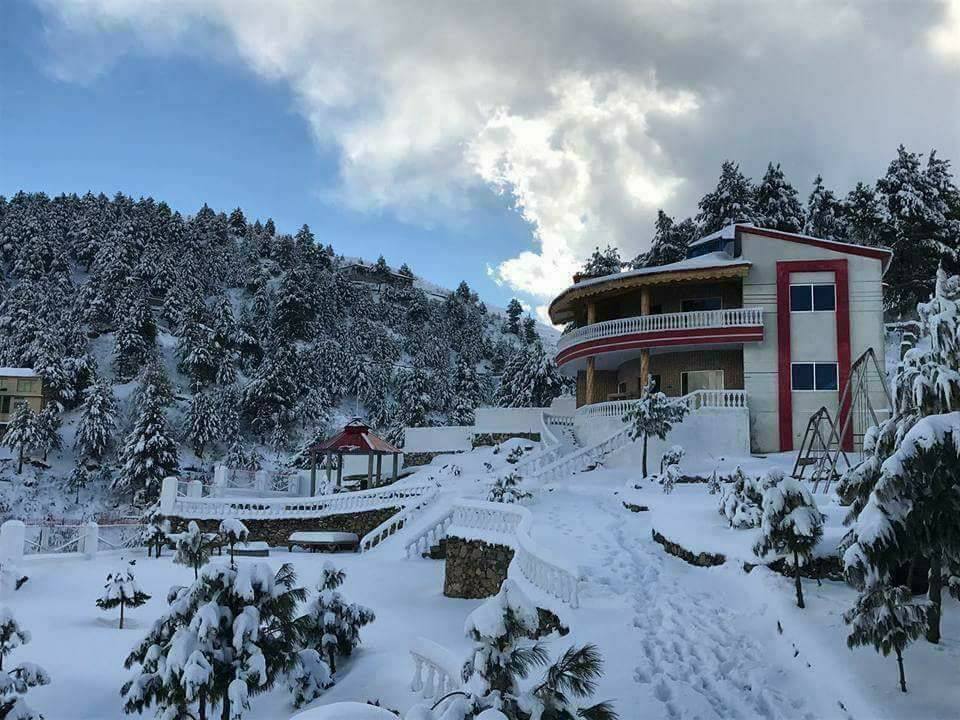
Per Person
2 days 1 night islamabad to malam jabba standard group tour winter/snowfall package
- 9-15 people
- |
- blue area → swat
- (10 reviews)
- Group Tours
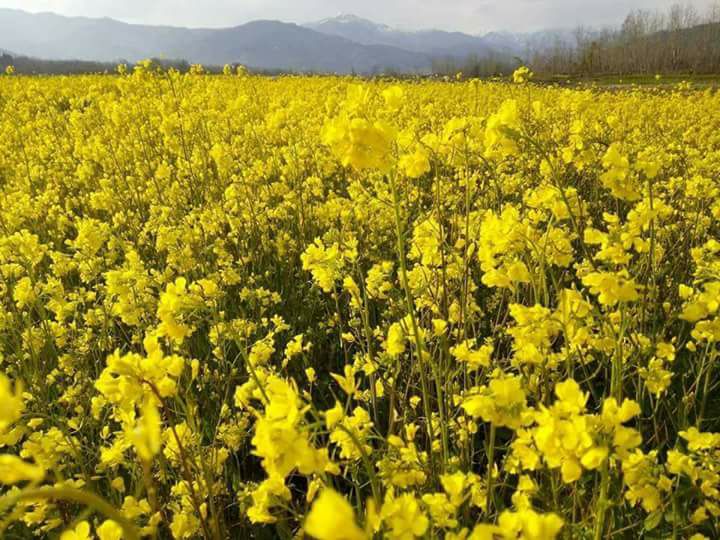
Per Person
2 days 1 night islamabad to gabeen jabba standard family tour winter/snowfall package
- 9-15 people
- |
- blue area → swat
- (6 reviews)
- Family Tours
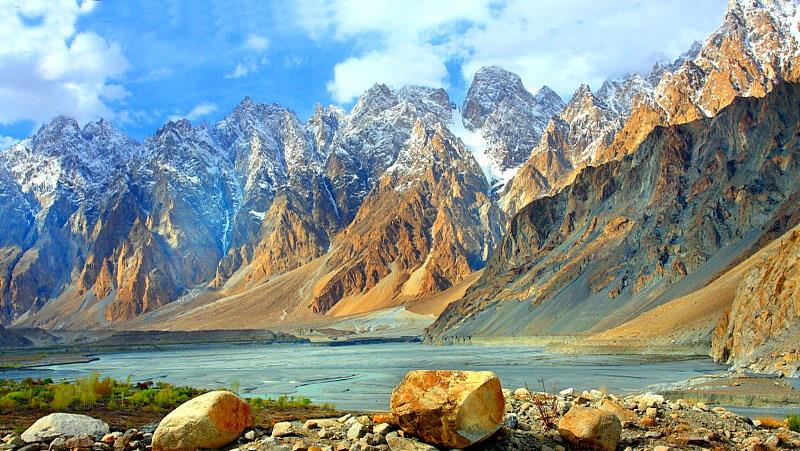
Per Person
6 days 5 nights islamabad to kalash valley standard group tour winter/snowfall package
- 9-15 people
- |
- blue area → chitral
- (6 reviews)
- Group Tours
